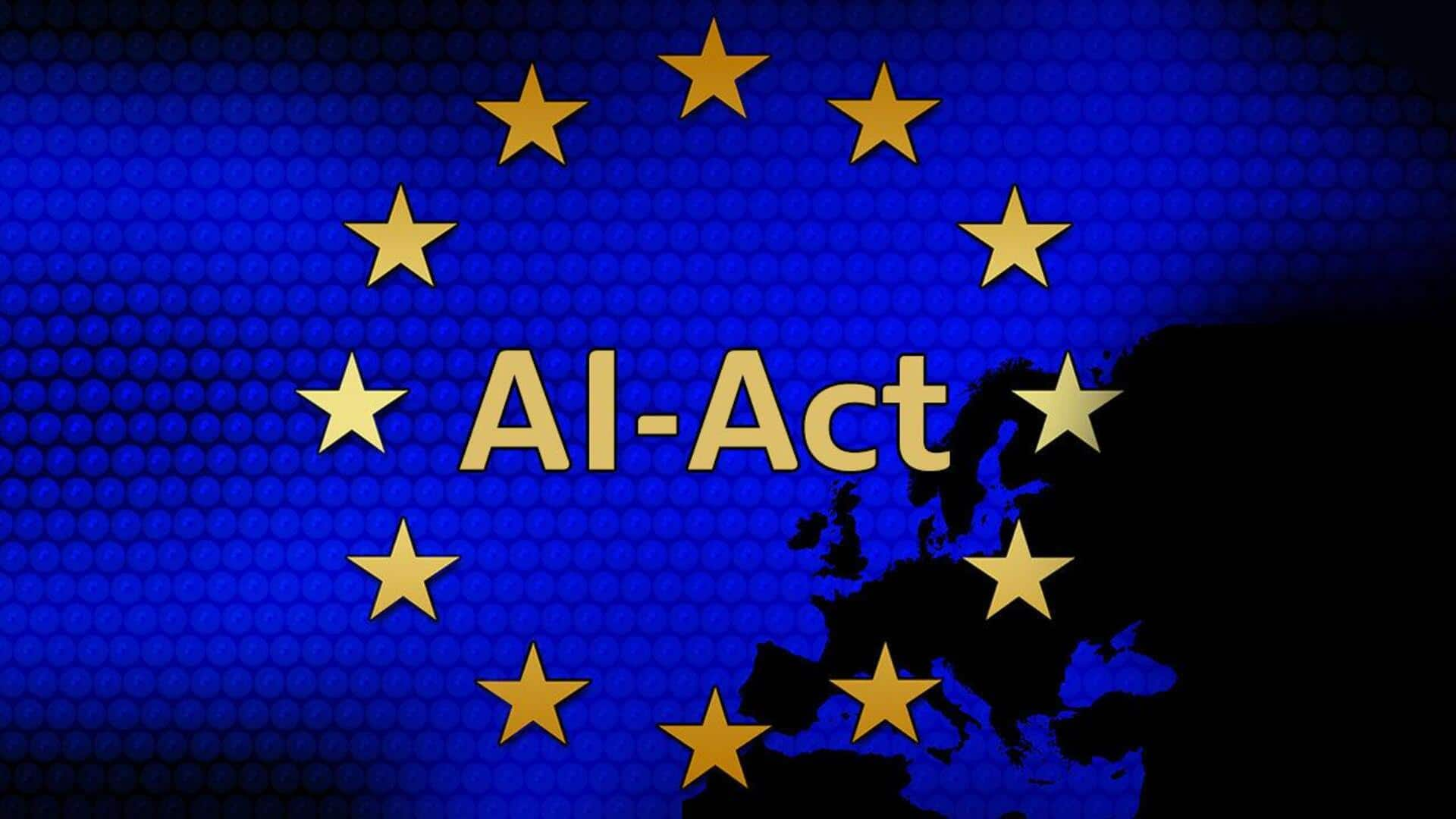
How will the EU regulate AI? Draft guidance offers insights
What's the story
The European Union (EU) has released the first draft of its Code of Practice for general-purpose artificial intelligence (AI) models.
The document offers an extensive roadmap for tech giants like OpenAI, Meta, Google, Anthropic, and Mistral to mitigate potential risks and steer clear of penalties.
The final version is anticipated to be published in May 2025.
Key elements
Focusing on transparency, copyright, and risk assessment
The draft guidelines mainly emphasize transparency, copyright issues, risk assessment procedures, and governance. They apply to models trained with computing power beyond 10 septillion FLOPs.
The guidelines require AI developers to disclose the web crawlers used to train their models. This is aimed at addressing copyright concerns from creators and ensuring transparency in AI development processes.
Risk management
Guidelines aim to prevent AI-related issues
The draft also details risk assessment protocols to avoid problems like cybercrimes and AI-driven discrimination.
Companies need to adopt a Safety and Security Framework (SSF) to address these risks. This includes detailing their risk mitigation strategies and upgrading them according to evolving threats.
On the technical front, AI makers need to protect their models, apply failsafe mechanisms, and reassess these measures continuously.
Corporate responsibility
Governance rules demand internal accountability from companies
The governance rules in the draft guidelines require companies to be internally accountable. They must conduct regular risk assessments and even hire external experts for oversight.
Violating the AI Act could lead to harsh penalties, including fines up to €35 million or 7% of a company's global annual revenue, whichever is higher.
The EU has a history of imposing hefty fines for tech breaches, so these aren't empty threats.
Industry input
EU seeks industry feedback on draft guidelines
The EU is now looking for feedback from industry players on the Futurium platform until November 28.
This effort gives them a chance to shape the final guidelines before they are finalized and enforcement starts.
With the possibility of a major shift in how AI is governed, all eyes will be on how these guidelines evolve in the coming months.